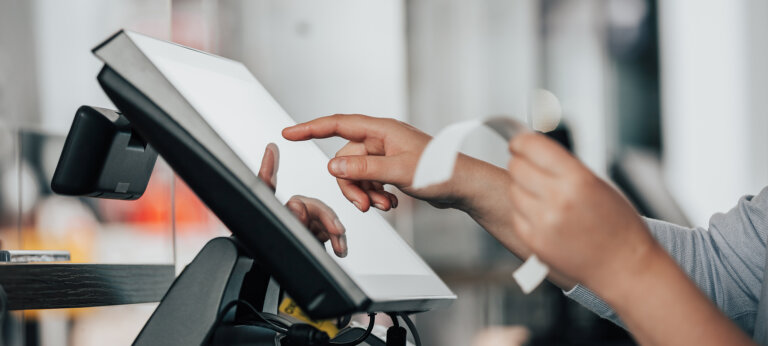Reading time:
6 min
In today’s digital world, social media is a must-have tool for businesses of all sizes. Whether you’re trying to find...
Reading time:
6 min
Tired of spending hours invoicing? Get yourself a billing software! In this guide, we’ll compare the most popular billing software...
Reading time:
6 min
How you send your invoices can influence how quickly you get paid. This will impact the overall cash flow of...












